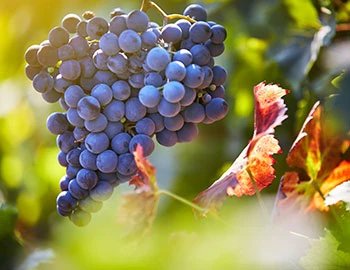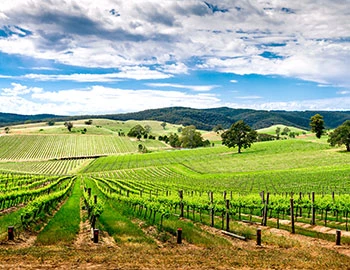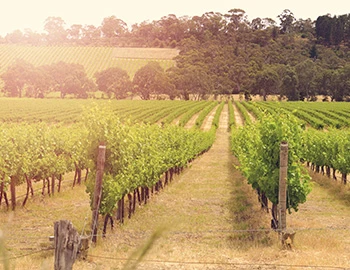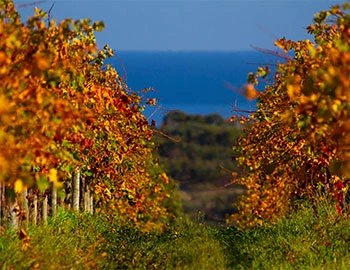Grange 2018
Grange 2018
Penfolds, 750 ml

Description
Citing Robert Parker The Wine Advocate This wine comes with high expectations—as does the vintage. The 2018 vintage across South Australia (and cheekily, we could probably extend the accolade to all of Australia) was excellent. It was warm, but without incident, and responsible for powerfully ripe, serious wines. Many producers made some of their best wines in this vintage. So here, to the 2018 Grange: there is spiced raspberry, lashings of salted licorice, red curry paste, layers of forest berries, rendered lamb fat and crushed pink peppercorns to start. In the mouth, the tannins close around the fruit with the same polish and seamlessness as the 2008, possibly the 2004? Very different vintages, but there is a textural similarity for me. This is polished and glossy and so very pretty. It contains 3% Cabernet Sauvignon this year, and 69% Barossa, 18% McLaren Vale and the balance from Clare Valley. Each of the regions brings with it its own characteristics. Barossa brings the red dirt, blood, deli meat and rust. McLaren Vale brings the plush purple fruits with a side of meat and licorice. Clare brings the polish, the opulence and the velvet texture. With their powers combined, this is an extraordinary Grange. One of the true greats, which will only get better as it ages.
Attributes
| Grape variety: | Shiraz |
| Producer: | Penfolds |
| Origin: | Australia / South Australia / Barossa Valley |
| Other vintages: | 1998 |
| Drinking temperature: | 16 to 18 °C |
| Volume: | 14.5 % |
| Note: | Contains sulphites |
Shiraz
A hint of pepper
The legend stubbornly persists that the Syrah variety came from the Persian city of Shiraz. Yet, researchers have shown that it is a natural crossing of two old French varieties: the red Dureza from the Rhône Valley and the white Mondeuse blanche from Savoy. Wines from Syrah are gentle and concentrated. They smell of dark berries, violets and liquorice, and amaze with a piquant touch of white pepper. As varietal wines, they are found on the northern Rhone, as in the Hermitage or Côte Rôtie appellations, as well as in Swiss Valais. In the southern Rhône Valley, Syrah is often wedded with Grenache and Mourvèdre. In 1832, a Frenchman brought the variety to Australia, where it became the emblem of the national wine industry. There, the weightiest versions develop with typical notes of tar and chocolate.

Barossa Valley
Barossa Valley: well-proportioned abundance
The Barossa Valley is the epitome of Australian red wines with lavish fruit richness and focused strength. But the valley is not just a preferred terroir for Shiraz, Grenache, Cabernet, and co. – there are also huge winery facilities where grapes are processed from other cultivation areas in South Australia. Thus, the valley has become a center of Australian winemaking, bringing concentrated yet balanced crops into bottles.

South Australia
South Australia: Shiraz as a driving force
South Australia, with the Barossa Valley as the most well-known cultivation area and the city of Adelaide as a wine metropolis, is without a doubt the centre of the Australian wine economy. The wines produced here have brought the Shiraz from “down under” worldwide recognition. They are fully concentrated wines with dark-berried cassis fruit and masterfully supportive oak wood spices. But Chardonnay, Cabernet Sauvignon, Merlot and Riesling play more than just a supporting role.

Australia
Australia – A rapid rise to the international elite.
Australia, separated from the other continents by oceans for roughly 50 million years, has almost two hundred years of viticulture history. For a long time, Australians pressed their wines for their own use, with simple, undemanding vines. But later the country began to specialize in classic, European varieties. And with great success –Australian wines today enjoy great prestige and are consumed worldwide..



